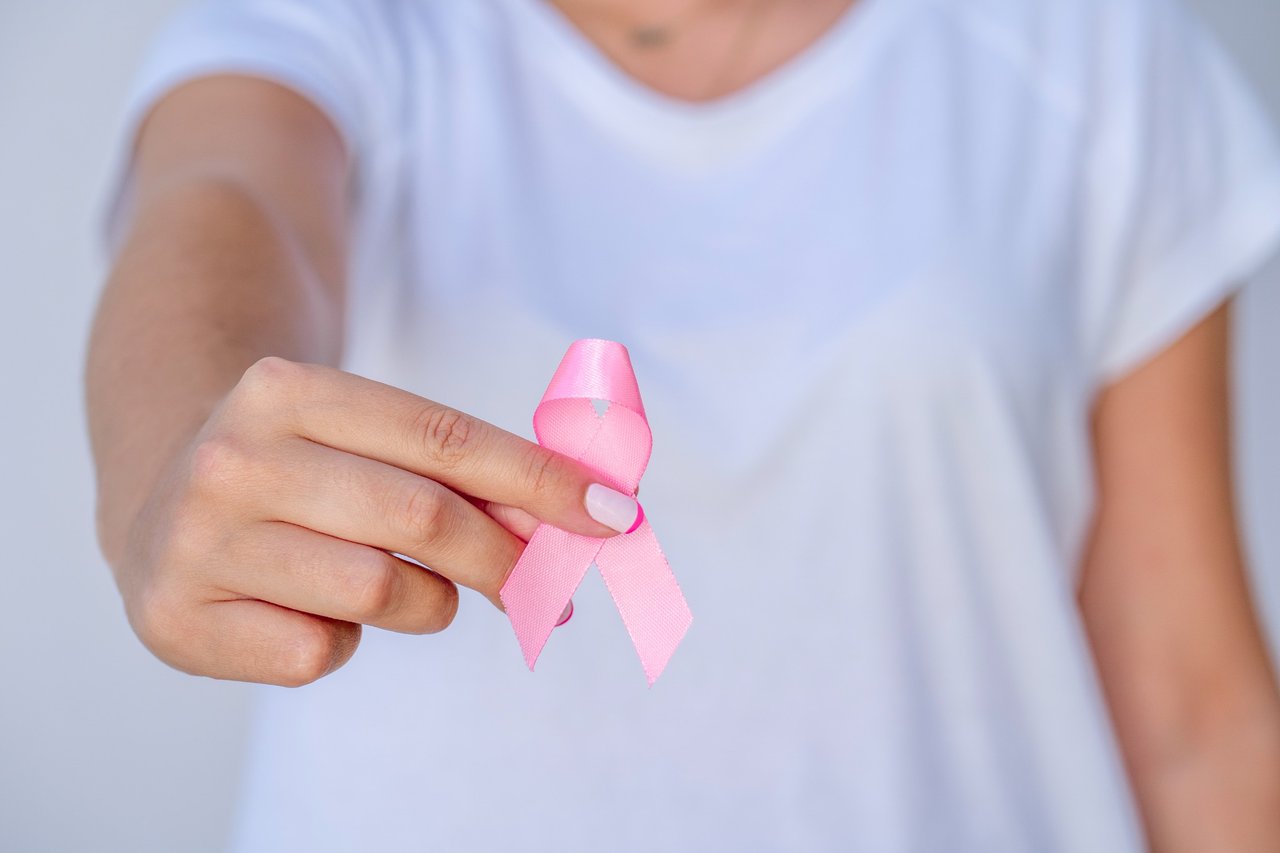Why Is Breast Cancer So Common?

Breast cancer affects millions of people in the U.S. and worldwide, including patients, friends and loved ones of those with the disease. Its prevalence often leads to the question, “Why is breast cancer so common?”
This article addresses why so many breast cancer diagnoses are made every year.
The Impact of Biology and Demographics
One factor in the prevalence of breast cancer is that breast tissue cells in women (who comprise the vast majority of breast cancer diagnoses) are highly responsive to naturally occurring hormones. These substances play a crucial role in breast cancer development.
Demographics also affect the numbers. Age, specifically, plays a substantial part in a woman developing breast cancer. The incidence of the disease increases with age, peaking around the time of menopause. As global populations grow and life expectancies increase, the sheer number of older women naturally leads to more diagnoses.
Family History and Genetic Predisposition
Genetics also contributes to an individual's breast cancer risk. While only a small percentage of breast cancers are purely hereditary (10% or less), having a first-degree relative, such as a mother or sister, who has had breast cancer can elevate your risk.
Specific genetic mutations, most notably in the BRCA1 and BRCA2 genes, are linked to a higher propensity for developing breast cancer. These genes, when functioning normally, help repair DNA, but mutations can impair this crucial protective mechanism.
Environmental and Lifestyle Factors
Researchers have identified several modifiable risk factors related to modern life that affect breast cancer risk, including:
Obesity
Maintaining a healthy weight is crucial. Obesity, especially after menopause, is a known breast cancer risk factor.
Sedentary Lifestyle
Lack of physical activity increases breast cancer risk.
Alcohol Consumption
Increasingly, researchers are finding that even moderate alcohol consumption increases the likelihood of developing breast cancer, with higher consumption levels equating to higher risk.
Hormone Replacement Therapy
The use of combined hormone replacement therapy has been linked to a higher breast cancer risk.
Reproductive Factors
Women who have never been pregnant or who give birth to their first child at an older age may face a slightly higher breast cancer risk. On the other hand, having more children and extended breastfeeding periods can lower the risk.
The Vital Role of Screening and Detection
The increase in breast cancer diagnoses isn’t strictly a reflection of more cases. Better screening and increased awareness of the importance of breast health have also played a role in recent years.
For example, breast screening programs, such as those that have expanded to include older age groups, have led to earlier detection of cancers that might otherwise have gone unnoticed until a later, more advanced stage. This has increased the number of diagnoses but has been crucial in identifying breast cancer when it is most treatable.
Take Action To Lower Your Breast Cancer Risk
The prevalence of breast cancer is due to a complex interplay of factors. Some of them are beyond your control, but you have the power to change others. Along with modifying lifestyle factors to lower your risk, you can do breast self-exams and get mammograms as recommended by your healthcare provider to catch the disease early when it is easiest to treat.
If you have questions about breast cancer, Baptist Health is here for you. You can use our online provider directory to find a provider if you don’t have one.
Next Steps and Helpful Resources
Learn More About Cancer Care at Baptist Health
What Does Breast Cancer Look Like on a Mammogram?
What Does Breast Cancer Look Like?
Breast Cancer and Exercise: Can Working Out Lower Your Risk?



.jpg?rev=942eca95ebd34b6283bfcf487f4a2e7c)